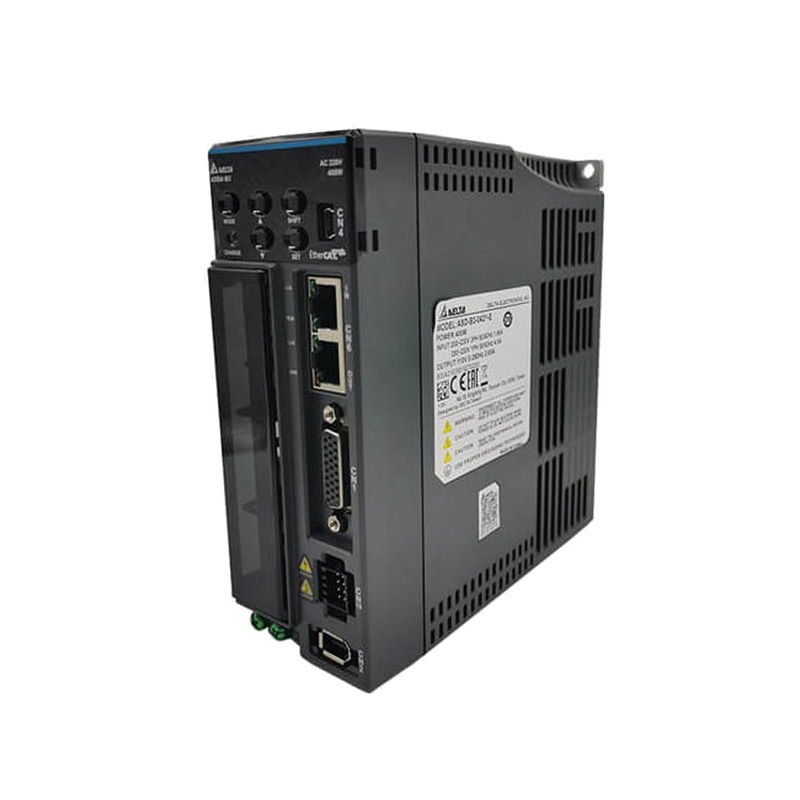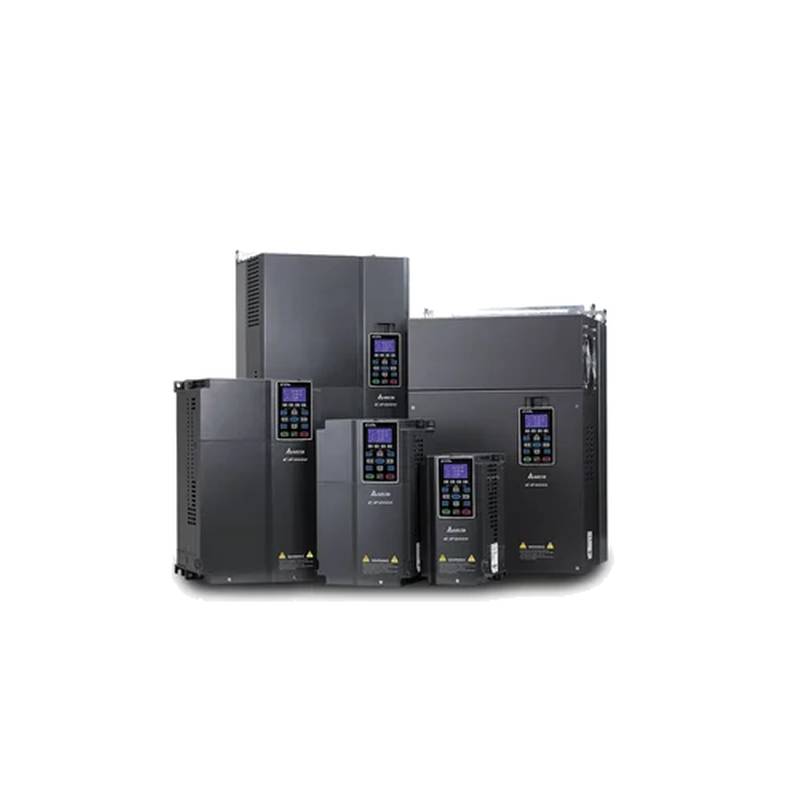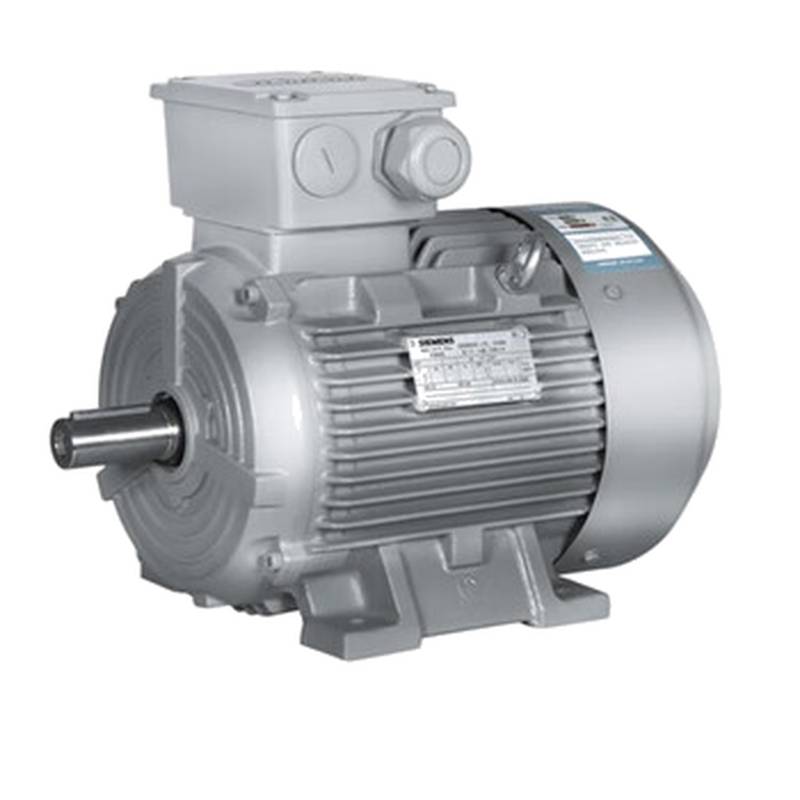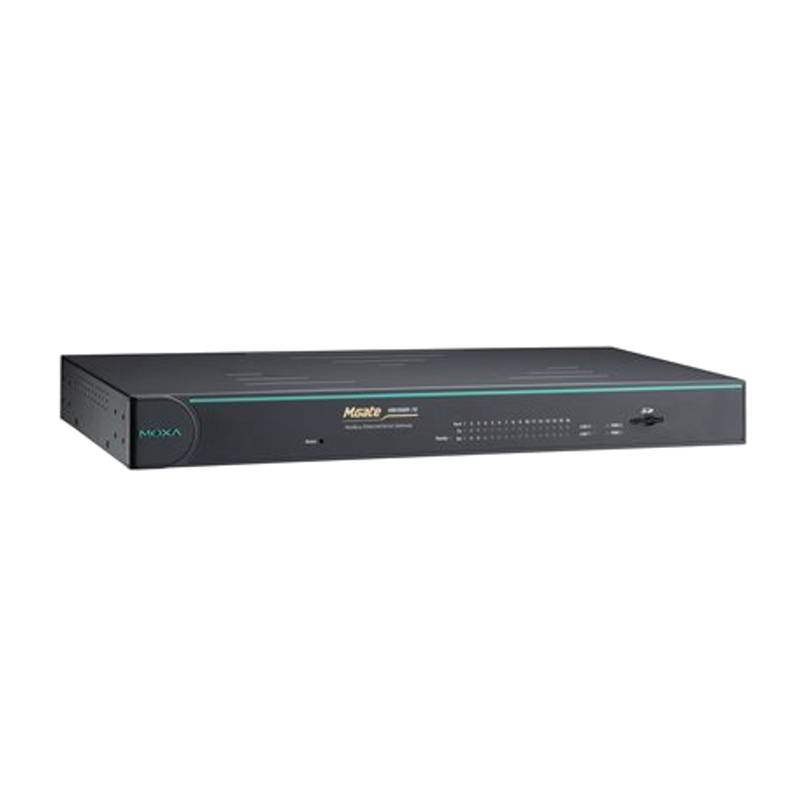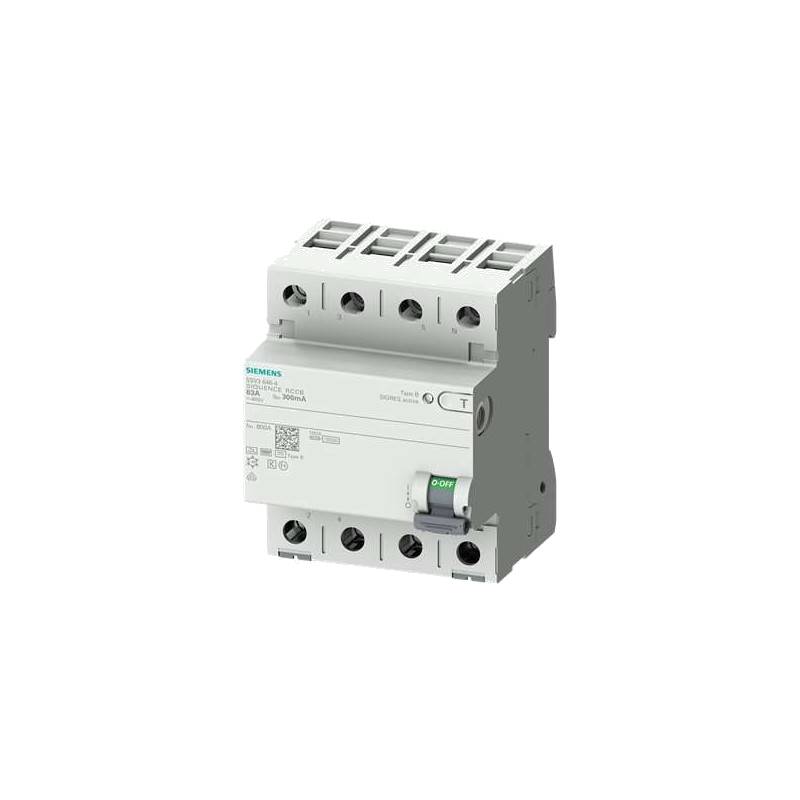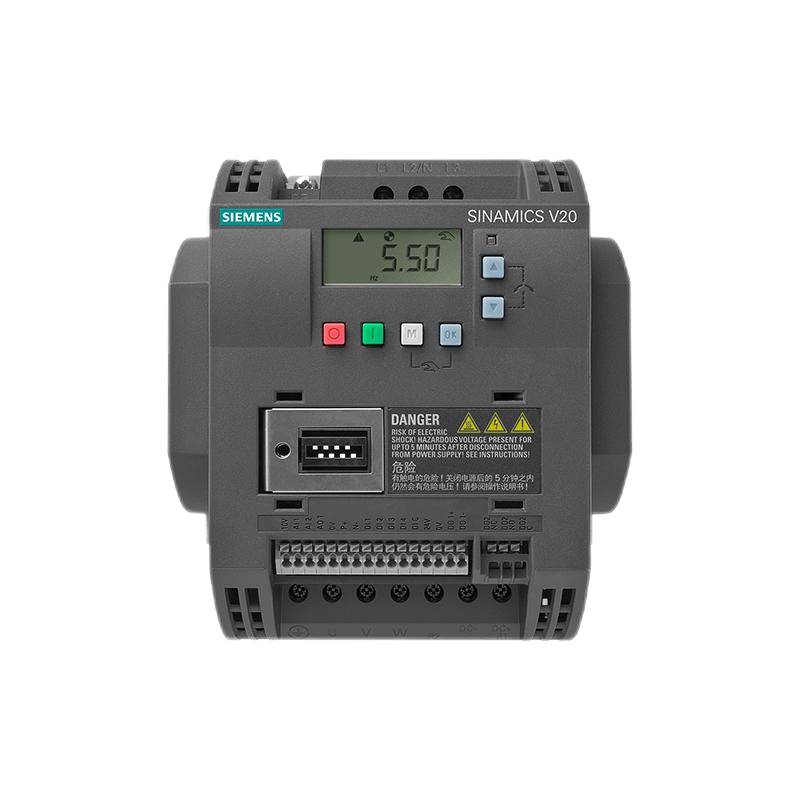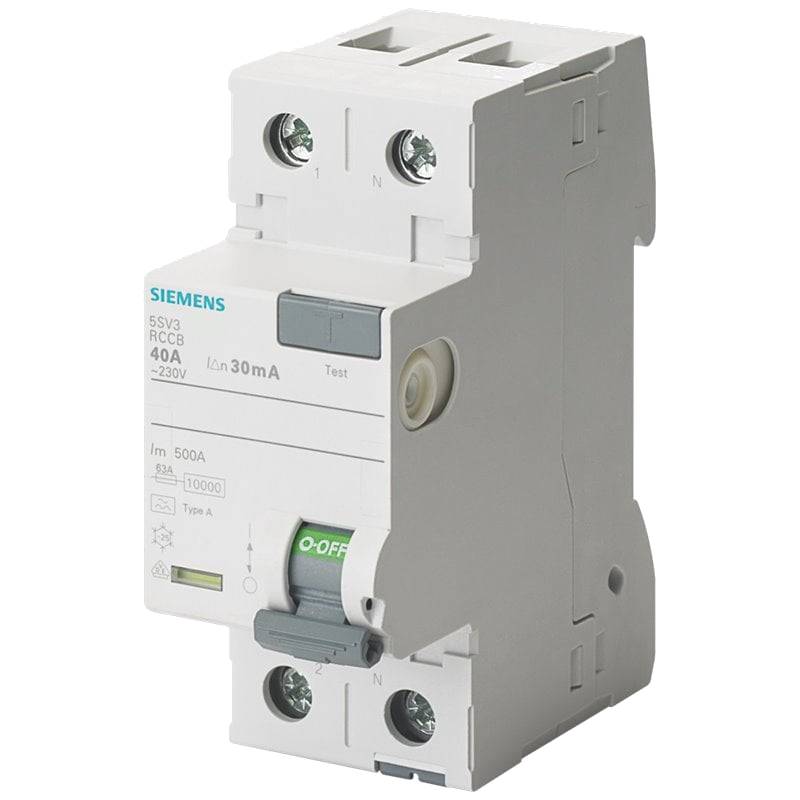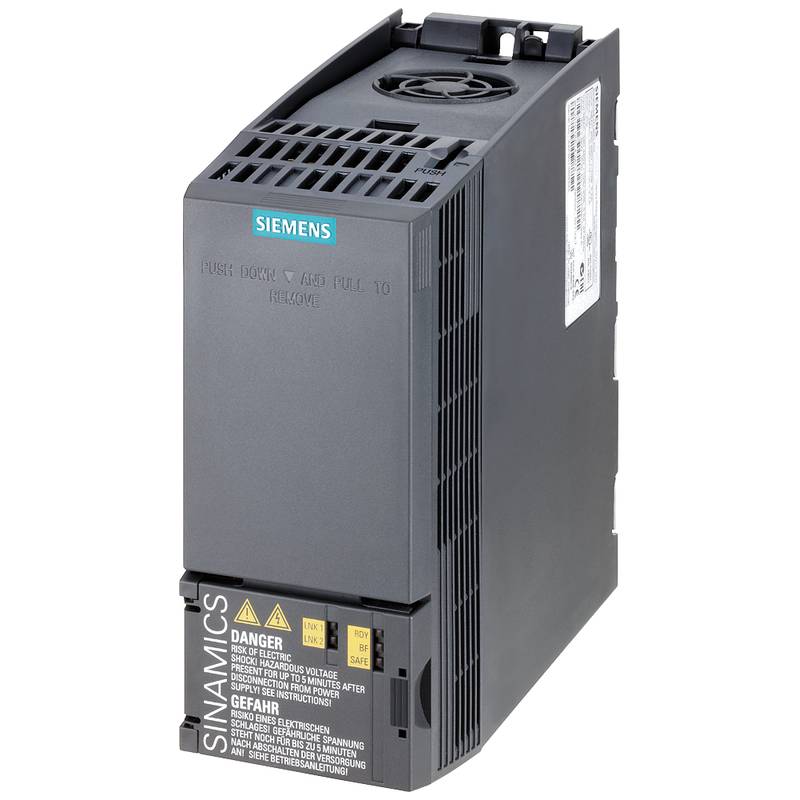
The Delta ASD-B3-1021-M is a state-of-the-art low voltage, three-phase servo drive engineered for high-precision motion control in demanding industrial applications. Building upon the success of its predecessors, the ASDA-B3 series introduces significant advancements, including a 3.1 kHz bandwidth and a 24-bit encoder resolution, enabling faster response times and enhanced system stability. This drive is designed to optimize production efficiency and output value through its precise motion control capabilities. Key technical parameters include an output current of 7.3 Arms, a 1 kW power rating, and compatibility with 220 VAC power supplies, with models of 1.5 kW and below also supporting single-phase input. The ASD-B3-1021-M facilitates a user-friendly operation environment with advanced features such as auto-tuning, vibration suppression, and system modeling functions, all managed through an intuitive graphical user interface (GUI).
Product Specifications
| Feature | Specification |
| :--------------------------- | :------------------------------------------------------ |
| Model | ASD-B3-1021-M |
| Series | ASDA-B3 |
| Input Voltage | 220 VAC (Single-phase or Three-phase) |
| Output Power | 1 kW |
| Output Current | 7.3 Arms |
| Bandwidth | 3.1 kHz |
| Encoder Resolution | 24-bit |
| Motor Speed Support | Up to 6000 rpm |
| Communication Options | CANopen, EtherCAT (available in different configurations) |
| Auto-Tuning | Yes |
| Vibration Suppression | Yes |
| Settling Time Reduction | Up to 40% compared to previous models |
| Operating Temperature | 0°C to 40°C |
| Insulation Class | Class A (UL), Class B (CE) |
| Safe Torque Off (STO) | Embedded (SIL 2) |
Core Features & Market Positioning
The Delta ASD-B3-1021-M distinguishes itself in the servo drive market through its exceptional responsiveness and precision, offering a 40% reduction in settling time compared to previous generations. This performance enhancement is achieved through advanced motor control algorithms and increased processing power, enabling tighter control loops and more accurate positioning. The integration of a 24-bit absolute encoder ensures high resolution feedback, crucial for applications demanding fine motion control. Furthermore, the ASDA-B3 series boasts a user-friendly interface and comprehensive software suite, including auto-tuning and system analysis tools, which significantly shorten commissioning and troubleshooting times. Its compatibility with a range of Delta servo motors (B3, B2, A3, and A2 series) provides flexibility for upgrades and integration into existing systems. The embedded Safe Torque Off (STO) function, compliant with SIL 2 standards, enhances operational safety, positioning the ASD-B3-1021-M as a reliable and safe choice for critical industrial automation tasks.
Key Application Scenarios
The robust performance and versatile features of the Delta ASD-B3-1021-M servo drive make it suitable for a wide array of demanding industrial applications. Its high precision and rapid response are particularly beneficial in machine tools for intricate cutting and shaping operations, as well as in the electronics and semiconductor industries for automated assembly and pick-and-place tasks requiring sub-micron accuracy. Industrial robots benefit from the drive's ability to execute complex trajectories with speed and precision. In printing and packaging machinery, the ASD-B3-1021-M ensures synchronized movements for high-speed web handling and precise product placement. The textile industry can leverage its capabilities for advanced fabric handling and automated sewing operations. Furthermore, warehousing and logistics automation, including automated guided vehicles (AGVs) and robotic sorting systems, will find the drive's motion control capabilities invaluable for efficient material handling and order fulfillment.
Practical System Integration Guidance
Integrating the Delta ASD-B3-1021-M into an industrial control system involves careful consideration of wiring, power, and communication protocols. The drive supports both single-phase and three-phase 220 VAC input, with models of 1.5 kW and below supporting single-phase operation, simplifying power supply requirements. For CN1 wiring, users can refer to the ASDA-B3 user manual, which details connections for digital inputs/outputs, analog inputs, and communication ports. The drive accommodates various control modes, including pulse train and analog voltage control, allowing for flexible integration with PLCs and motion controllers. For high-speed, synchronized control across multiple axes, EtherCAT communication is an efficient option, significantly reducing wiring complexity and inspection time compared to traditional single-axis pulse wiring. Delta's ASDA-Soft configuration software simplifies parameter setup, auto-tuning, and system analysis, further streamlining the integration process. Proper grounding is essential for reliable operation and safety, with connections to a class-3 ground recommended.
Operation and Risk Mitigation
Safe and effective operation of the Delta ASD-B3-1021-M servo drive necessitates adherence to safety protocols and an understanding of potential operational issues. The drive features an embedded Safe Torque Off (STO) function compliant with SIL 2 standards, providing a crucial safety layer to prevent unexpected machine movements during maintenance or emergencies. It is imperative to install the drive within a shielded control cabinet to mitigate electromagnetic interference and ensure optimal performance. Operating temperatures should remain within the specified 0°C to 40°C range to prevent overheating and potential damage. Troubleshooting common issues often involves consulting the drive's diagnostic display and alarm codes, which are detailed in the user manual. For instance, an "AL006 Overload" alarm might indicate excessive load on the motor or incorrect parameter settings, requiring checks on mechanical vibration, load rate, and motor wiring. Similarly, encoder-related alarms (e.g., AL064, AL073) point to potential issues with the encoder connection or internal encoder faults, necessitating verification of wiring and, if necessary, encoder replacement. Promptly addressing these alarms and referring to the comprehensive troubleshooting guide in the ASDA-B3 Series User Manual is key to minimizing downtime and ensuring operational integrity.
Scalability & Long-Term Value
The Delta ASD-B3-1021-M servo drive offers significant long-term value through its inherent scalability and compatibility with Delta's broader automation ecosystem. Its backward compatibility with B2, A3, and A2 series motors allows for phased upgrades and integration into existing Delta-based systems, protecting previous investments. The availability of various communication protocols, including CANopen and EtherCAT, ensures that the drive can be integrated into sophisticated distributed control architectures and future IIoT-enabled solutions. As Delta continues to develop its industrial automation portfolio, the ASDA-B3 series is positioned to benefit from software updates and potential hardware enhancements, ensuring its relevance in evolving manufacturing environments. The drive's robust design and advanced control algorithms contribute to system longevity and operational efficiency, making it a sound investment for manufacturers seeking reliable, high-performance motion control solutions that can adapt to future needs.
---
Frequently Asked Questions (FAQs)
1. What are the primary advantages of the Delta ASD-B3-1021-M servo drive?
The Delta ASD-B3-1021-M offers superior responsiveness with a 3.1 kHz bandwidth, significantly reducing settling time. It features a high-resolution 24-bit encoder for precise positioning.
This advanced performance optimizes production efficiency and enhances the accuracy of motion control applications. Its user-friendly interface and auto-tuning capabilities simplify setup and operation.
The drive includes an embedded Safe Torque Off (STO) function for enhanced operational safety. It also supports flexible communication options like CANopen and EtherCAT.
2. What are the key technical specifications for the Delta ASD-B3-1021-M?
This servo drive operates on a 220 VAC supply, supporting both single-phase and three-phase input. It delivers 1 kW of output power and a continuous current of 7.3 Arms.
The drive supports motor speeds up to 6000 rpm and is equipped with a 24-bit encoder for high-resolution feedback. It has an operating temperature range of 0°C to 40°C.
It is designed with Class A (UL) and Class B (CE) insulation and features an embedded SIL 2 compliant Safe Torque Off function.
3. Which industries and applications are best suited for the Delta ASD-B3-1021-M?
The ASD-B3-1021-M is ideal for high-precision applications in machine tools, electronics manufacturing, and semiconductor production. Its rapid response is beneficial for robotics and automation systems.
It is also well-suited for industries requiring synchronized motion, such as printing, packaging, and textile machinery. Warehousing and logistics automation also benefit from its capabilities.
The drive's accuracy and stability make it a strong choice for any application demanding precise motion control and efficient operation.
4. How does the Delta ASD-B3-1021-M facilitate system integration?
The drive supports versatile control modes, including pulse train and analog voltage control, allowing easy integration with various PLCs and controllers. It offers communication options like CANopen and EtherCAT for networked systems.
Power input flexibility, with 220 VAC single-phase or three-phase support for certain models, simplifies installation. Delta's ASDA-Soft software aids in configuration, tuning, and diagnostics.
Proper wiring, grounding, and adherence to manual specifications are crucial for seamless integration and reliable performance.
5. What are some common operational issues and troubleshooting steps for the ASD-B3-1021-M?
Common issues may manifest as alarm codes displayed on the drive's interface, such as overload (AL006) or encoder errors. These alarms are detailed in the user manual.
Troubleshooting typically involves checking motor wiring, load conditions, and parameter settings. For encoder issues, verifying connections and potentially replacing the encoder are common steps.
The user manual provides comprehensive guidance, including diagnostic procedures and corrective actions for various alarm conditions. Always ensure power is disconnected before performing physical checks.
6. Can the Delta ASD-B3-1021-M be used to upgrade existing Delta servo systems?
Yes, the ASDA-B3 series is designed for backward compatibility, working with Delta's B2, A3, and A2 series servo motors. This allows for a seamless upgrade path from older systems.
This compatibility protects investments in existing Delta servo motors and enables incremental system improvements. The new drives offer superior performance over their predecessors.
Upgrading provides benefits such as faster response times, reduced settling times, and advanced features like a higher encoder resolution and STO functionality.
7. What communication protocols does the Delta ASD-B3-1021-M support?
The Delta ASD-B3-1021-M supports multiple high-speed communication options, including CANopen and EtherCAT. These protocols enable efficient data exchange in networked automation systems.
EtherCAT, in particular, offers high-speed communication capabilities, significantly reducing wiring complexity and improving synchronization. Different configurations of the ASDA-B3 series may feature specific communication interfaces.
These communication options ensure the drive can be integrated into modern industrial control architectures and prepared for future smart factory (IIoT) deployments.
8. What is the role of auto-tuning in the Delta ASD-B3-1021-M?
The auto-tuning function simplifies the process of optimizing servo system performance without extensive manual adjustments. It automatically detects system parameters like inertia.
This feature ensures the drive is precisely matched to the motor and load characteristics, leading to improved stability and reduced vibration. It significantly cuts down commissioning time for engineers.
By achieving optimal tuning quickly, auto-tuning contributes to higher overall system efficiency and reliability from the outset.
9. How does the Safe Torque Off (STO) function enhance safety?
The embedded Safe Torque Off (STO) function is a critical safety feature that immediately removes power to the motor when activated. This prevents unexpected or unintended motion.
It is designed to meet SIL 2 safety integrity levels, providing a reliable method for safely stopping machinery, especially during maintenance or emergency situations. STO is a standard feature on the ASDA-B3 series.
Proper integration and activation of the STO function, in conjunction with other safety measures, are essential for meeting industrial safety regulations and protecting personnel.
10. What is the significance of the 3.1 kHz bandwidth on this servo drive?
A 3.1 kHz bandwidth indicates a higher frequency response capability for the servo loop. This allows the drive to react more quickly to changes in command signals or disturbances.
This enhanced bandwidth directly translates to faster settling times, reduced vibration, and improved tracking accuracy, especially in dynamic applications. It represents a significant performance improvement over older models.
Industries requiring rapid acceleration, deceleration, and precise positioning will benefit greatly from this higher bandwidth, leading to increased productivity and product quality.














